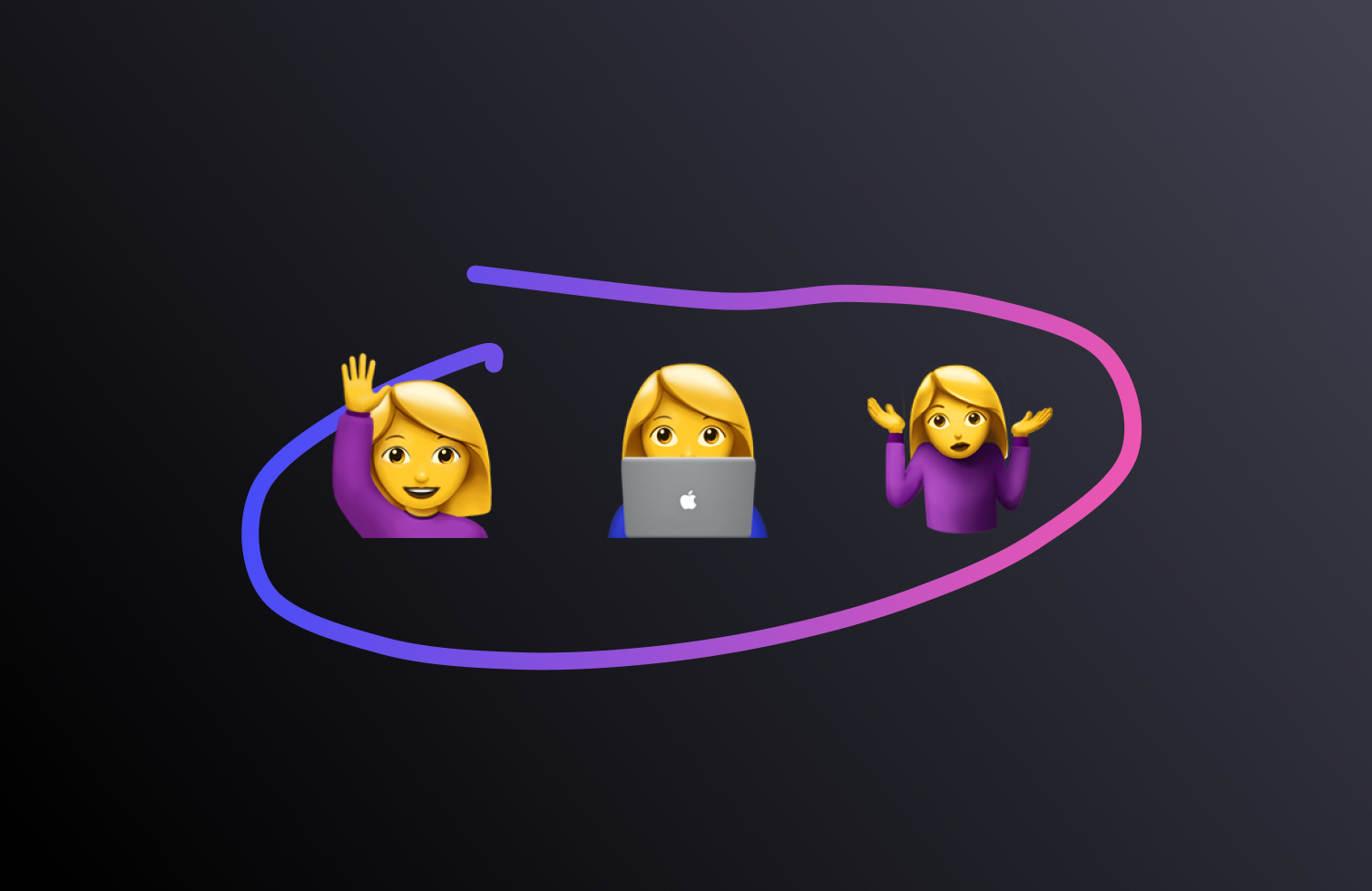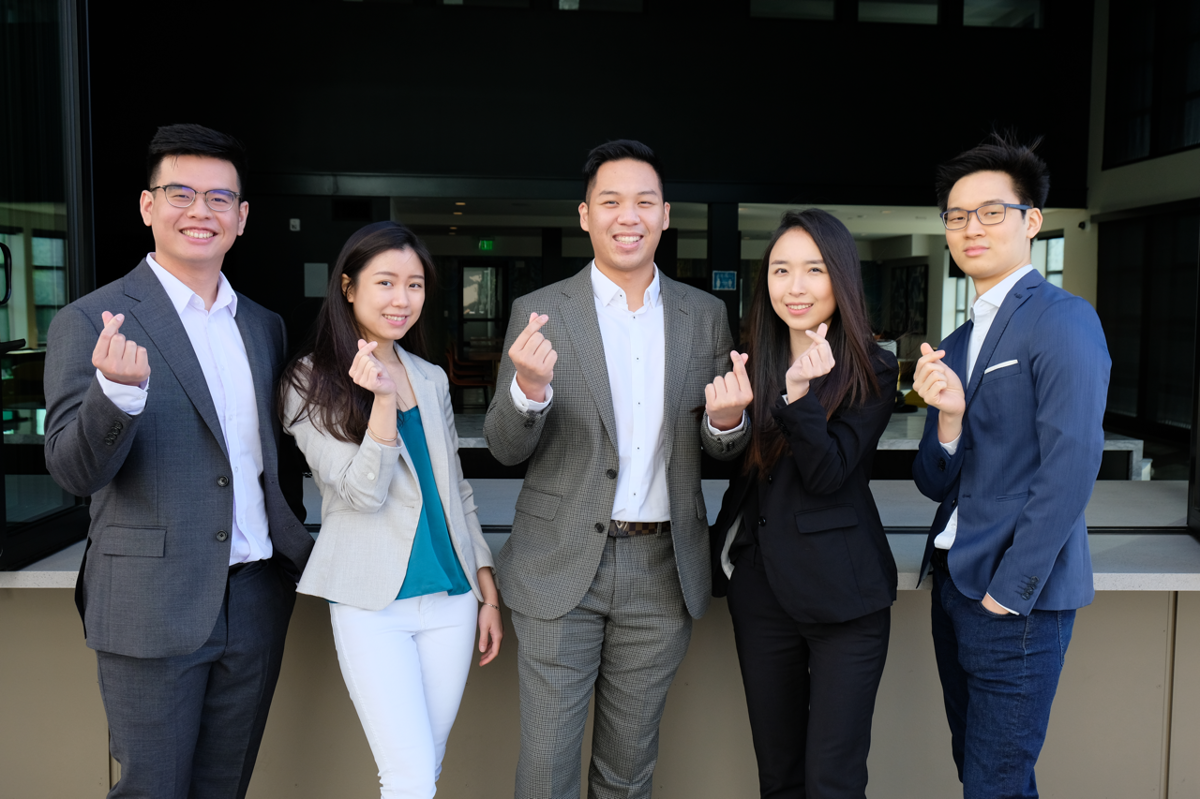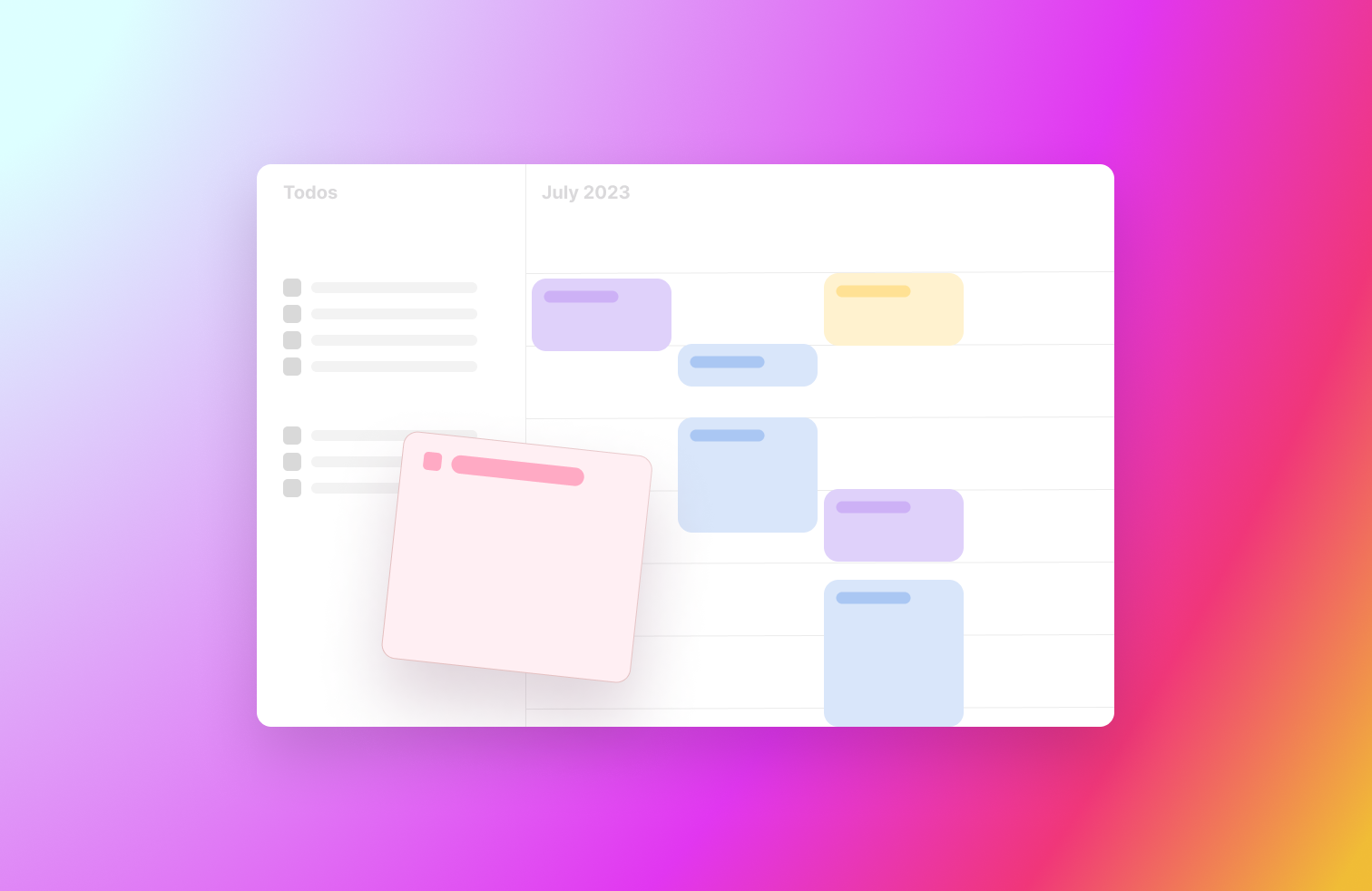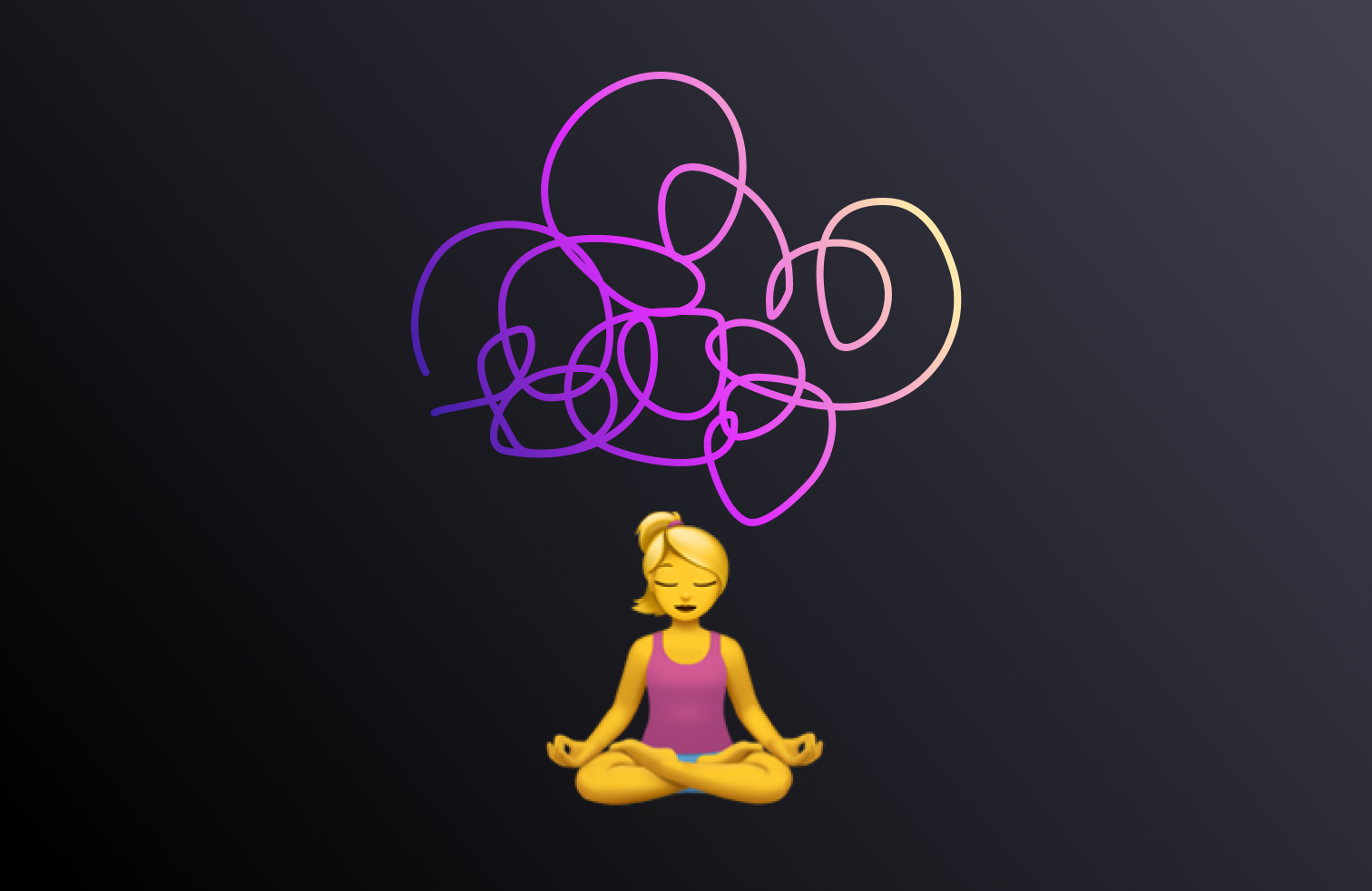Startup Journey as an Immigrant Female Founder
Putri Karunia • 2022-02-18
It's hard enough being a founder without having to stress out about getting deported in the next 6 months. Here are a few things I've learned in my journey building a startup in the US.
I just got my O1 Visa approved and I realized that I’ve never documented my journey in writing. So here’s to me writing my first blog🥂
Building a startup was in the same category as being Iron Man. Both fictional and not real.
Growing up in East Java, Indonesia, building a startup was in the same category as being Iron Man, both are really cool fiction stories, but not real. When it comes to the question "What do you want to do when you grow up?", my BIG ambition was to build the best website agency in town. Now I’m running a startup in the US, Typedream, a website builder that serves tens of thousands of users from all over the world 🤯 .
If you’re looking for a success story, I’m not there yet. But somehow with all the support from the people around me, over the past couple of years since I graduated, I've:
- Worked at Yelp as a Full-Stack engineer, and quit after 3 months.
- Got accepted into Y Combinator.
- Raised our first-ever seed round.
- Built an authentication product, Cotter, which served ~3M authentication requests a month.
- Sold Cotter after ~1.5 years.
- Built Typedream, a website builder, serving almost 30,000 sites.
- Launched Typedream on Product Hunt and got Product of the Day, the Week, and the Month, and was nominated for the Golden Kitty Award 2021.
Throughout college, I was really worried that I wouldn't do a good enough job to sustain myself here. I never thought I'll actually be able to live my dream job, which is running my own startup, and still pay my rent, in the US!
So I'll be sharing the steps that I took, ups and downs, and lessons that I learned in the hope to help you all who are in the same situation as I am! We'll talk about:
- How I changed my perspective about the world and what I can do
- Finding my co-founders
- Training period: Building projects and failing for 5 years
- How I decided to quit my job
- Mistakes on our startup that we didn't realize for 1 year
- Building Typedream: A better, user-oriented approach to building a product
- What's next for Typedream and me
A Change of Perspective
The most impactful part of my journey was a change in my view of the world. Back in my hometown, my life bubble was only within that town. If I were to do anything, it’ll be there, if I were to be successful, it’ll be relative to the people in my neighborhood. Going to school in the US was the best decision I’ve made.
The moment I got here, things looks very different. I lived an hour away from SF, and all the things that made my world: Twitter, Facebook, Google, was within driving distance. Suddenly, the world is here. Suddenly the stories, the fantasies, the fictional people I’ve been idolizing are here. Suddenly the world is within reach waiting for me to grab it. This changed the way I think about what I want to do because there are real definite steps that I can take to bring an impact. With that in mind, my ambition shifted, I want to build a startup, a global startup. And now I believe I can.
Finding my Squad
Building anything is challenging. Building a startup is particularly challenging. The odds of succeeding are SO SMALL that you have to be somewhat delusional to go on. You need delusional teammates to encourage each other to stay sane – and stay insane at the same time.
I graduated as an EECS major from UC Berkeley, 2.5 years ago, and I started working as a Software Engineer at Yelp the following month. I quit 3 months later to build my own company. Right now I work 24/7 and I'm making minimum wage, would have been lower if it weren't for my F1 OPT requirements. Had I stayed at Yelp, I'd be making 6 figures salary with a ton of free time. You see – delusional :)
As a first-year college student, I was very lucky to find Kevin, Anthony, Albert, and Michelle as my inner circle. We all wanted to build something, ANYTHING, and so we did. We build projects after projects together, scraped them, learned from our mistakes, and continued with new ideas each semester. Six years later and they're now my cofounders and roommates, still building together.
It's hard to change your perspective and your surrounding. So move to the place where what you want to do is happening and surround yourself with the people you want to be.
Started Building Projects For The Sake of Learning
I started early. I built my first website in the first year of High School – no plan, no purpose, just for the sake of learning how to make a website.
Things started getting serious when I watched the Social Network movie. At the time, I thought "Well I don't have a billion-dollar idea now, but let's learn how to make a social network so that when the opportunity comes, I can take it". So over one Summer break, I decided to make an Instagram replica. I learned a lot about SQL and PHP, and from there I understand the basic concept of building a platform.
That concept and understanding was really the fundamental reason how our "squad" could build projects in college. When I met Anthony and Kevin, they had brilliant ideas, but no skill 😜. So I built the platform that they had envisioned, and we built and thrown away 4-5 projects over the course of 4 years.
Those projects were rather liberating, there was no pressure nor expectation that anything would come out of it. But we learned a lot about building a platform together, getting feedback, pitching to investors, getting rejected, getting scammed, hiring, and most importantly we learned how each other works.
We found the balance in our squad, we know how each other work, think, and speak. We know who would dream to the moon and who would bring us back to reality. We know who could speak to users and investors and who could execute on ideas.
There's no reason to wait before you start learning. When that opportunity comes knocking and you weren't ready to build it, others would take it.
Building something doesn't have to be with code. With the numerous amount of no-code and low-code platforms today, you can literally build anything without code.
And better yet, you don't or even shouldn't jump into building your platform the second you find a solution to a problem.
Make a landing page, ask people to join the waitlist, then interview them, see if your solution even solved a fraction of their problem! This is an exercise that we lacked training in: "talking to users", so if you could start early, that would help a lot.
Here's a guide and a free template to build a waitlist page:
I Quit My 6 Figures Job to build a startup that FAILED.
My parents had poured in a large percentage of their wealth to fund my studies in the US. I studied hard, graduated with a 3.9 GPA from Berkeley, and went to work at Yelp right after. I threw it all away in 3 months, I quit my job.
It wasn't easy, I felt a huge responsibility to succeed. What would I do if all my parents' money went to waste? But I know what I want, and I know how to start.
Or I thought I did. We were building a finance app for Indonesia back then. We pitched to every investor in Indonesia and not one wanted to invest. Eventually, the startup failed epically when the government decided NOT to allow our app to operate 🙃.
The most important thing was that I took the first step. We applied to YC, and we got in. This was a big turning point. No one in my country believed in us, yet this prestigious startup accelerator decided to put the first money in. We started believing in ourselves.
Of course, we wouldn't be here if it wasn't for luck. But the confidence helps keep us going.
Mistakes on our startup that we didn't realize for 1 year
It's so easy to fall into logical fallacies and convince yourself that your startup rocks. You're doing that day-in-day-out with investors, friends, and customers anyways. What's challenging is taking a step back and analyzing your train of thought, finding any problems with your assumptions and approach, and realizing that you've not done this correctly.
This happened with Cotter, an authentication product that we built during YC.
You've always heard the term "start with a problem, not a solution". We know this too, and yet we still make a mistake interpreting it. We built Cotter because we saw companies in Indonesia spending millions in SMS OTP costs, and facing enormous trouble with scammers. We built an authentication SDK that's really easy to integrate, solve all those problems, and marketed it to developers and startups in the US. Do you see the problem here?
- Problem:
- Users in developing countries don't have an email, and cannot remember passwords, so email/password login doesn't work
- Companies in Indonesia spent a lot of time building SMS OTP login, spent millions on SMS costs, and faced trouble with scammers
- Target market:
- Well, anyone who built a platform definitely needs a login, our solution can solve all of that.
- So we marketed it to developers and startups
- Solution:
- A plug-and-play SDK to build an SMS OTP login, with extra features to reduce the number of SMSes sent for logins.
Here, the initial users that have the problem are not the same as the target users that we ended up marketing to. The problem is valid, the solution works, but we generalized the solution to everyone and ended up approaching the wrong users.
It didn't work, startups and developers loved our product, but not so much that they would pay for it. The original target users for the problem that we're solving were enterprises in developing countries, and we were not well equipped to handle enterprise sales at that moment. It took us 1 whole year to realize this.
Fortunately, nearing the end of 2020, we discovered the no-code space that was better suited for Cotter. We learned that no-coders are building platforms using no-code, and found a sweet spot where these business driven people are willing to pay for a plug-and-play solution. We built a dashboard to add Cotter without code, and added integrations with Bubble, Webflow, Zapier, and Google Sheets. It worked really well!
Cotter got acquired on November, 2021 by Stytch, another authentication company. The discovery of the no-code community also led us to build Typedream!
Thanks no-coders 💕!
Building Typedream: A better user-oriented approach to building a product.
We learned a lot from our experience with Cotter. It was December 2020 and we were considering pivoting, but after a bunch of pivots that we've done, we're extremely skeptical. So this is what we did:
1. Validating our idea with no product
We interviewed 20 people who built sites on Notion and found that current site builders are either too hard or too restricting with their templates. Things they need that Notion doesn't have are Navbar and buttons.
2. Built an MVP in 1 month
We built our MVP in January and re-interviewed those 20 people to get their feedback
3. Made a waitlist and interviewed ~200 people
This really helps us iterate on the UI/UX to make an intuitive and easy-to-use website builder. We also got to understand their use case better and where they hang out on the internet.
4. Engaging in Twitter
We found that no-code people are active on Twitter, so we followed a bunch of them and followed the #buildinpublic and #nocode trend! Shout out to Kevon Cheung and Felix Wong for showing us how it's done!
We also got recognized (and retweeted) by really awesome people, such as Vercel's CEO Guillermo Rauch, Packy McCormick, Sriram Krishnan, Easlo, and more! Twitter really works well in sharing Typedream to a lot of people!
5. Got our first paying user
We got our first paying user around April 2021. This was a big milestone for us. We continued iterating and asking people to share their sites on Twitter to get more engagement.
6. Product Hunt Launch
We prepared for Product Hunt 2 months in advance. We made all the videos, assets, copy, and booked Chris Messina to hunt us! We also prepared a lot on the product side:
- Make sure onboarding is as smooth as possible.
- Make templates, templates, templates.
- We need people to succeed in 5 minutes. Then they can start modifying it to their site, but it has to work and show value in the first 5 minutes.
- We show a pop-up to encourage people to connect their custom domain. This helps them to go along with "whats-next".
Nearing the launch day, we asked everyone we know on Twitter to share to their followers about our launch! It worked really well, we got #1 Product of the Day, Week, and Month.
7. Continue listening and interviewing users after launch
After we launch and there's no more waitlist, we don't stop interviewing users. We released new features and grant early access to those who would like to take an interview with us. This works really well and we got a lot of insights on what their current pain points are and what we can do to solve them.
Answering support questions is not enough! Getting an interview and asking about their experience gives a story that was not told during support chat. This helps us understand their journey and what to build next.
What's next for Typedream and me?
I'm now working hard on building the CMS feature for Typedream, going over the same process again:
- I made a waitlist and onboarded people one by one to see how they interact with the feature,
- I observed and asked whether or not the feature works for their use case,
- I tried to understand what else they need for their business to succeed!
I'm also trying to do better in sharing progress and learnings on Twitter, and start writing 😉.
If you're just starting your startup journey and planning to build a SaaS/tech product, please go on Twitter and start now!
A piece of advice for the CS students out there:
Yes coding is cool and all, but marketing is really important, there's no point in writing code all day all night if nobody knows your product exists. So start experimenting, there're tons of different types of marketing!
I personally was really interested in DevRel, which is a field of "content marketing" for developers. I wrote this piece about LocalStorage vs Cookies and got a lot of engagement, it was really fun!
Thank you, everyone!
Of course, none of this would have been possible without great luck & great people around me.
Getting into YC was lucky, and was a huge turning point. It has helped us get to this point, if not for the lessons and the name that we could slap everywhere, then for the community of YC alums who has been really helpful!
We're immigrants here, we don't have many friends and family to turn to when things got rough. Thankfully 2 years after we graduated YC, we still meet up with other YC founders and talked about a lot of stuff and helped each other. All the people I met on Twitter have also been superb in supporting us, and we've been able to meet up with a couple of them too!
And of course, huge thanks to all Typedream users, I wouldn't be here without you! I've never thought that users can be so supportive as you all. You guys give great feedback, are patient with us when we're fixing your issues, and shared amazing insights during interviews! Thank you so much for using Typedream, we love you and we'll do anything to help you succeed 💕.
Thanks all for a wonderful 2 years, for all the opportunities that I get, so much so that I could get an O1 Visa from this journey! 😄
Thanks for reading! Let me know if you enjoyed the blog 😉
Putri



